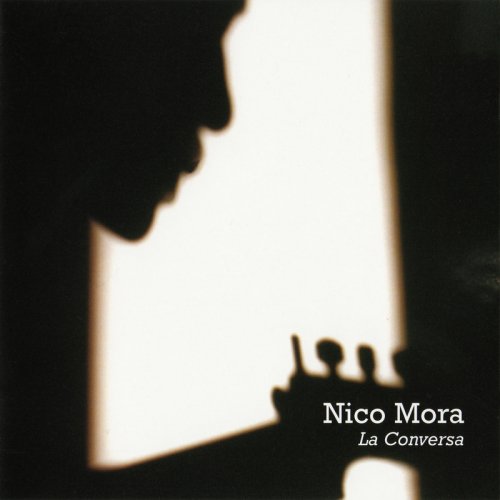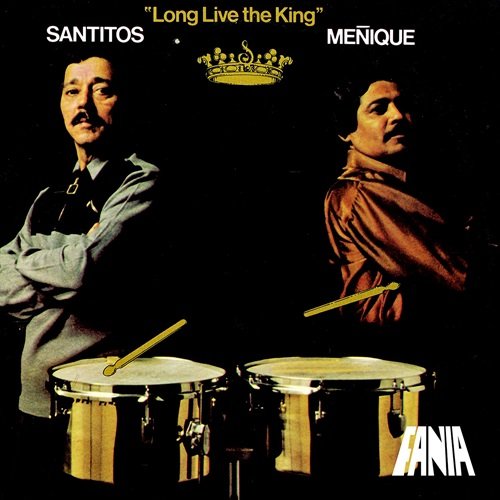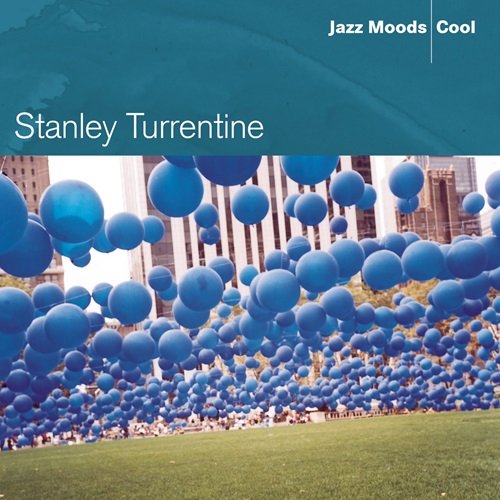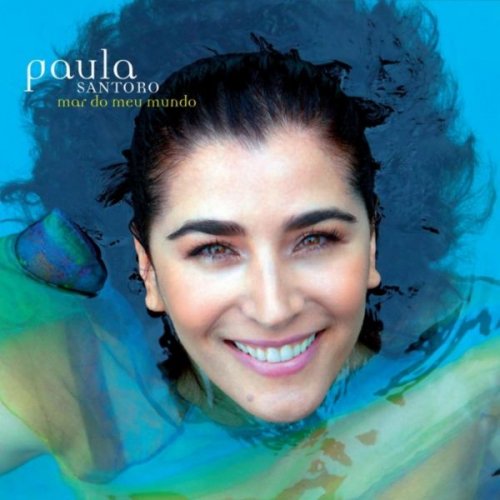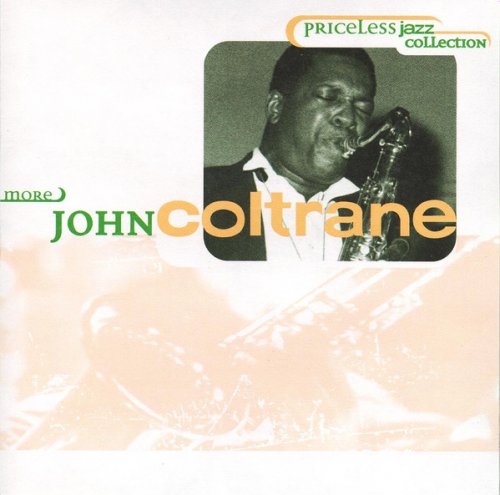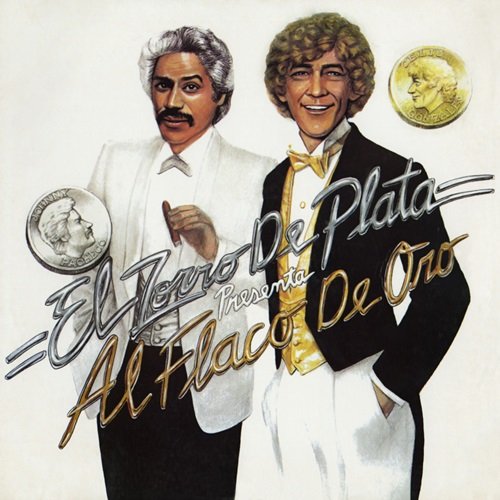I Fagiolini & Robert Hollingworth - 1612 Italian Vespers (2012) [Hi-Res]
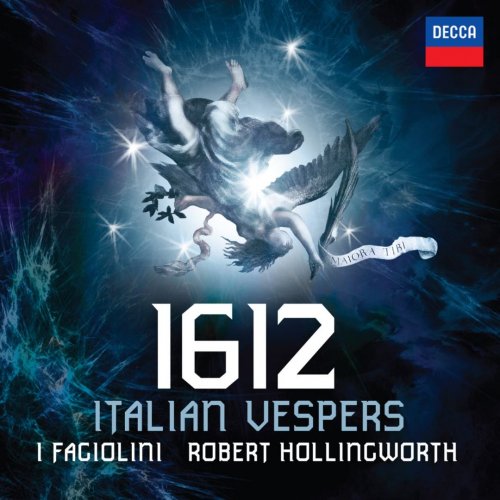
Artist: I Fagiolini & Robert Hollingworth
Title: 1612 Italian Vespers
Year Of Release: 2012
Label: Decca
Genre: Classical
Quality: FLAC (tracks) [96kHz/24bit]
Total Time: 1:18:31
Total Size: 1.42 GB
WebSite: Album Preview
Tracklist:Title: 1612 Italian Vespers
Year Of Release: 2012
Label: Decca
Genre: Classical
Quality: FLAC (tracks) [96kHz/24bit]
Total Time: 1:18:31
Total Size: 1.42 GB
WebSite: Album Preview
01. Versicle & Response: Deus, In Adiutorium Meum 1:42
02. Antiphon 1: Dum esset Rex in accubitu suo / Psalm 109: Dixit Dominus 5:51
03. Exaudi, Deus 4:07
04. Antiphon 2: Laeva eius sub eapite meo / Psalm 112: Laudate, pueri 6:41
05. Benedictus Dominus Deus Sabaoth 2:59
06. Antiphon 3: Nigra sum sed formosa / Psalm 121: Laetatus sum 6:39
07. O dulcissima Maria 2:18
08. Antiphon 4: Iam hiems transiit / Psalm 126: Nisi Dominus 5:14
09. Quae Est Ista 3:05
10. Antiphon 5: Speciosa facta es / Psalm 147: Lauda, Ierusalem 4:52
11. Toccata Del 9. Tono 0:57
12. Capitulum / Hymn: Ave, Maris Stella 9:17
13. Versicle & Response: Dignare Me 0:16
14. Magnificat antiphon: Beatam me dicent / Magnificat a20.a28. Con il sicut locutus. In ecco 9:27
15. Ab aeterno ordinata sum 6:20
16. Versicle & Response and Collect of the feast 1:32
17. Extraliturgical Motet: In ecclesiis 7:21
The spectacular 2011 release by Robert Hollingworth and I Fagiolini that featured Striggio's Missa Ecco sì beato giorno and Tallis' Spem in alium, for 40 voices, won a Gramophone Early Music Award and a Diapason d'Or de l'Année. The same artists have recorded a similar and equally impressive album, 1612: Italian Vespers, made up of late Renaissance and early Baroque music that might have been used for a Feast of Our Lady of the Most Holy Rosary, with pieces by Lodovico Viadana, Giovanni and Andrea Gabrieli, Bartolomeo Barbarino, Francesco Soriano, Palestrina, and Monteverdi, as well as plainchant that would have been an integral part of the service. Much of the music is antiphonal and is written for nearly as many voices as the Striggio and Tallis. Here, as in the previous album, Hollingworth (using substantial scholarly research as support for the concept) uses instruments to replace some of the voices. That way, all the lines are heard and the result avoids the textural morass that can engulf Renaissance polyphony, what Hollingworth describes as "just a lovely gooey noise" and a "rich tiramisù of sound." The music of Viadana is featured prominently on the album. He was a contemporary and colleague of Monteverdi's and there is much in common in their music, which is high praise for Viadana, and a cause of celebration for its reintroduction. Many of his pieces, including several psalm settings and a versicle and response, are recorded here for the first time. One of the highlights of the album is a reconstruction of Giovanni Gabrieli's 28-voice Magnificat for seven antiphonal choirs plus continuo. Only music for two of the choirs survives, but because of Gabrieli's common use of echoes, and the fact that the piece is based on an earlier, still extant version for three choirs, it provided sufficient material for Hugh Keyte to reconstruct it. It's monumental in its scale and its impact, but far from monolithic; the grandest passages, which incorporate church bells and cannon fire, are balanced with moments of delicacy and transparency. I Fagiolini describes itself as an ensemble of soloists, and that seems entirely accurate; its members' voices are strong, pure, and distinctive, characteristics essential for carrying the independent lines in this kind of polyphony.
The majestic, encompassing sound of the performances is best experienced in surround sound so that listeners and can hear (and feel) the music with at least something of the spatial effect the composers intended. Experiencing the grand passages with maximum separation makes the intimacy of the solos and duets even more striking. Highly recommended. -- Stephen Eddins
The majestic, encompassing sound of the performances is best experienced in surround sound so that listeners and can hear (and feel) the music with at least something of the spatial effect the composers intended. Experiencing the grand passages with maximum separation makes the intimacy of the solos and duets even more striking. Highly recommended. -- Stephen Eddins
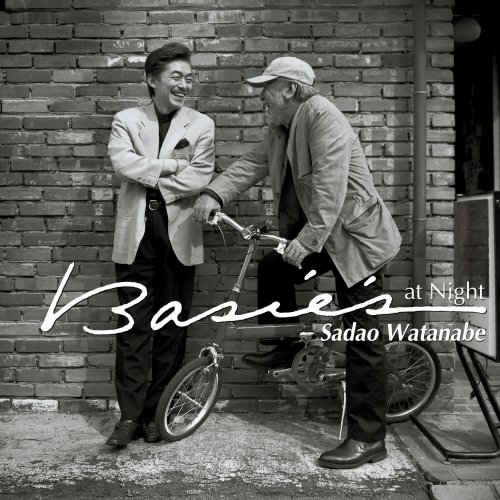
![RAS - Rød i Blå (2025) [Hi-Res] RAS - Rød i Blå (2025) [Hi-Res]](https://www.dibpic.com/uploads/posts/2025-12/1765847447_s09xuo23tcu1a_600.jpg)
